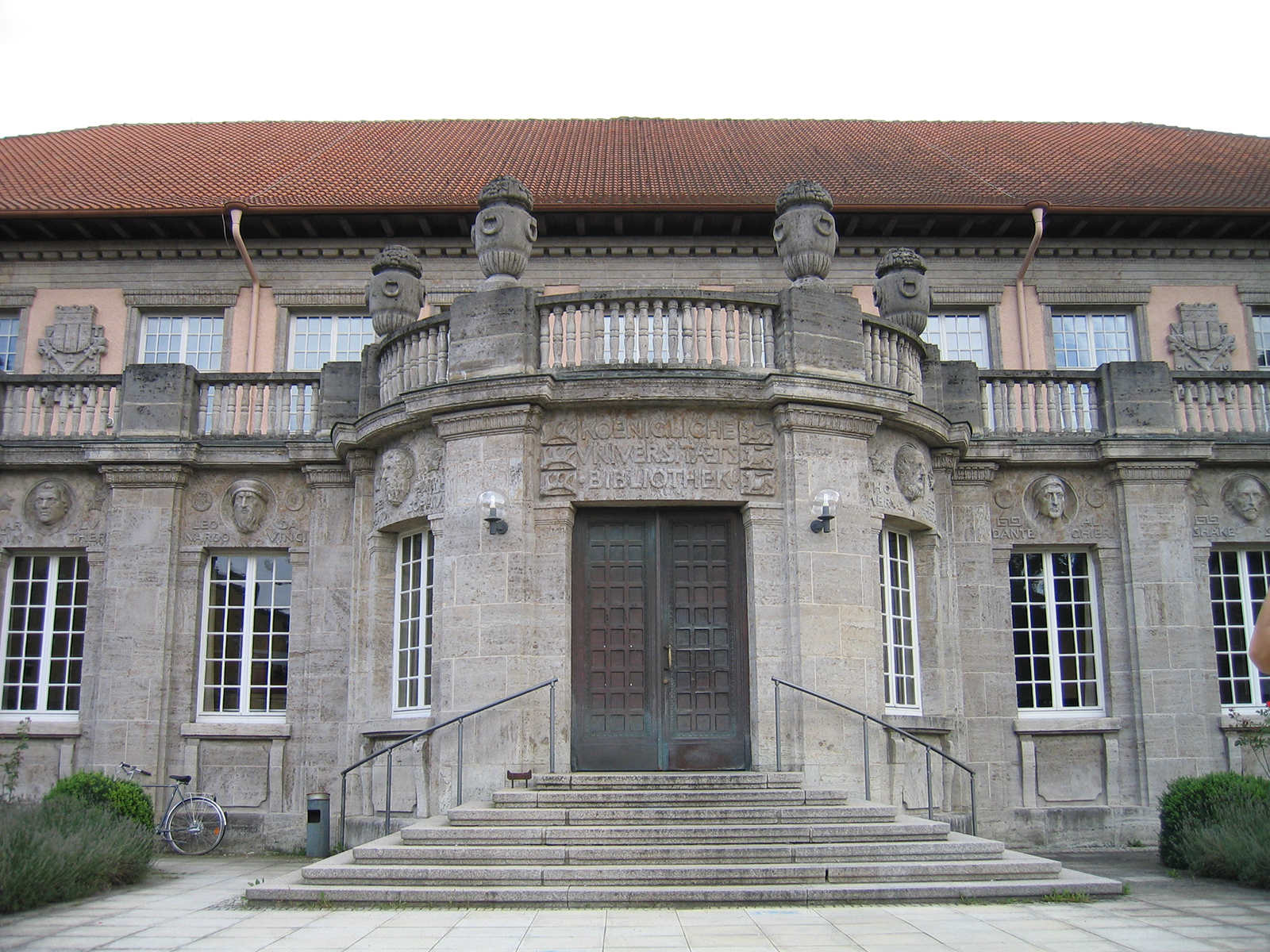University of Tübingen: The view from the Lochenstein was already enjoyed in the Bronze Age
The Lochenstein near Balingen was settled from the second millennium BC until Roman times. This is supported by new finds from an excavation that archaeologists from the University of Tübingen completed on Friday. The scientists built on an excavation and research that had taken place almost 100 years ago. The aim was to investigate the settlement history of the mountain using modern methods – according to research by the State Office for Monument Preservation in 1923, this dates back to the Neolithic Age.
Numerous new finds confirm the prehistoric use of the mountain and suggest settlement from the second century BC, as excavation director Professor Martin Bartelheim from the Institute for Prehistory and Archeology of the Middle Ages says. Archaeologists found ceramics from the Bronze and Iron Ages (around 1000 BC), glass beads that were worn as jewelry in the Iron Age (around 500 BC), and parts of glasses that were made in the Roman Empire . “In addition, many animal bones testify to a rich life in this settlement,” says Bartelheim.
With its steep ascent on all sides, the Lochenstein was a settlement that was easy to defend. From there you can see to the west over the Black Forest to the Vosges; to the east and south lies the Danube.
The fact that, among other things, glass from the Roman Empire was used on the Punch Stone shows that the residents were in lively exchange with the surrounding regions. The necessary infrastructure was formed by the nearby Roman road from Rottweil to Bad Cannstatt.
Bartelheim suspects that the Lochenstein was also an important station on connecting routes through the Bära and Eyach valleys from the upper Danube through the Swabian Alb and the Black Forest to the Rhine in the Bronze and Iron Ages. Through this relatively easy overcoming of the main European watershed, the two major river systems of Europe connected as a direct communication route from the Black Sea to the North Sea in prehistory. “The Punch Stone and its surroundings will continue to be the subject of our research.”

